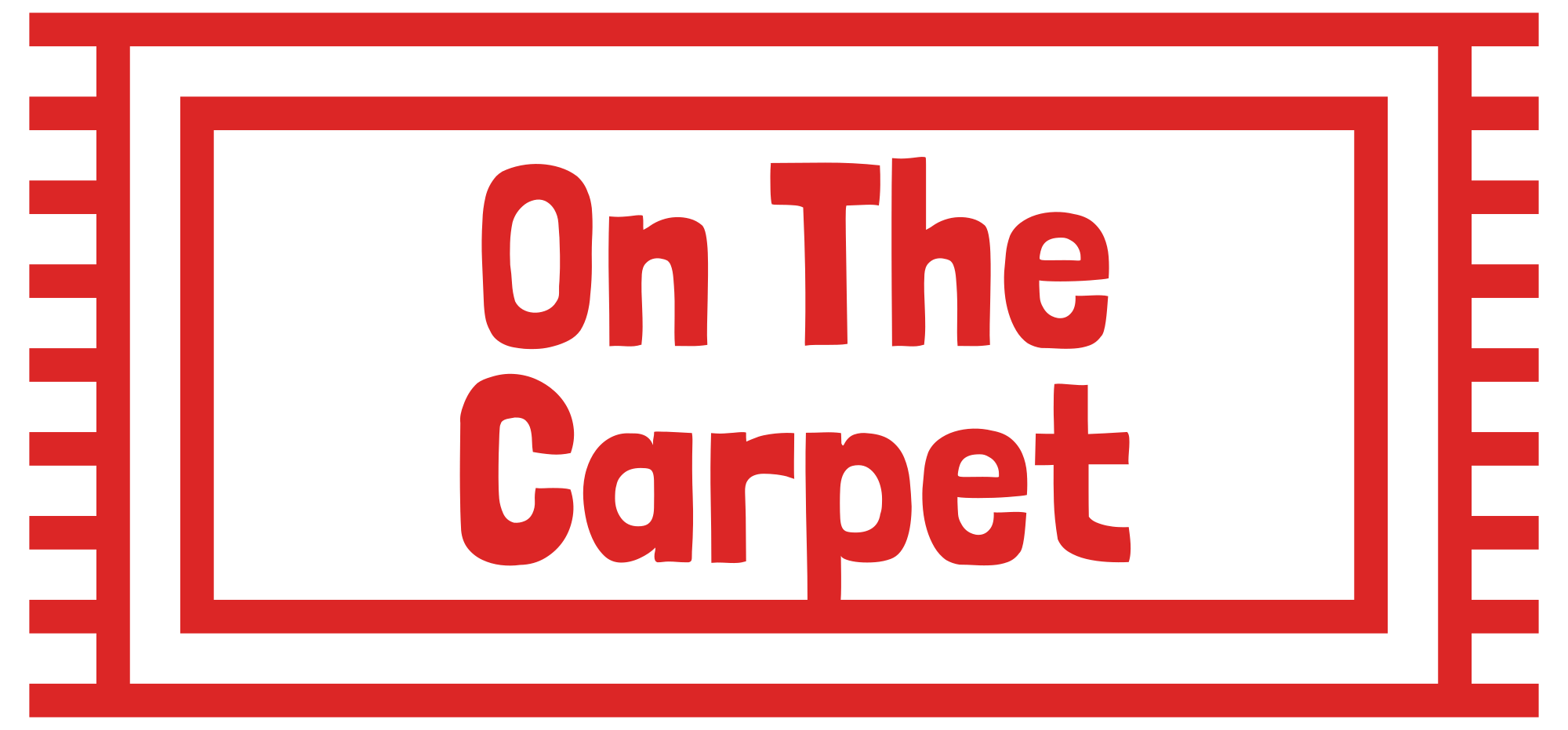Why Understanding Pansexuality Is Crucial In Today’s Society
Deconstructing Sexual Orientation Myths
Sexual orientation is a complex and often misunderstood facet of human identity. Many misconceptions and harmful stereotypes surrounding various orientations, including pansexuality, persist in society. These myths can lead to prejudice, discrimination, and a lack of understanding, hindering the creation of a truly inclusive and equitable world.

Challenging Binary Thinking
Understanding pansexuality is crucial in today’s society because it the elevator sex position challenges rigid binary thinking about gender and sexuality. Pansexual individuals are attracted to people regardless of their gender identity or expression. This means they can be attracted to men, women, transgender people, non-binary people, and anyone else.

By embracing pansexuality, we move away from the limiting confines of the heterosexual/homosexual binary, recognizing the fluidity and diversity of human attraction. This inclusivity fosters a more accepting and compassionate society where individuals feel comfortable expressing their true selves without fear of judgment or discrimination.
Moreover, understanding pansexuality helps us dismantle harmful stereotypes and prejudices. Often, misconceptions about pansexuality portray it as promiscuity or a fleeting phase, which is simply untrue. Like any other sexual orientation, pansexuality is a fundamental aspect of an individual’s identity and deserves respect.
Addressing Common Misconceptions about Pansexuality
Understanding pansexuality is crucial in today’s society because it challenges rigid binary thinking about gender and sexuality.
- Pansexual individuals are attracted to people regardless of their gender identity or expression. This means they can be attracted to men, women, transgender people, non-binary people, and anyone else.
- By embracing pansexuality, we move away from the limiting confines of the heterosexual/homosexual binary, recognizing the fluidity and diversity of human attraction.
- This inclusivity fosters a more accepting and compassionate society where individuals feel comfortable expressing their true selves without fear of judgment or discrimination.
Moreover, understanding pansexuality helps us dismantle harmful stereotypes and prejudices. Often, misconceptions about pansexuality portray it as promiscuity or a fleeting phase, which is simply untrue.
The Importance of Representation and Visibility
Visibility and representation are fundamental to fostering acceptance and understanding in any society. When marginalized identities are showcased authentically, it challenges prevailing stereotypes and allows individuals to see themselves reflected in the world around them. This sense of belonging can be profoundly impactful, promoting self-acceptance and empowering individuals to embrace their true selves.
Impact on Mental Health and Well-being
Representation matters deeply for mental health and well-being. When individuals from marginalized groups see themselves reflected in media, literature, and society at large, it sends a powerful message: “You are seen, you are valued, and you belong.” This visibility combats feelings of isolation and invisibility, which can significantly impact mental health.
For individuals struggling with their identity or facing discrimination based on their sexual orientation or gender identity, seeing positive representations of pansexual people can be incredibly affirming. It provides a sense of hope, normalcy, and validation, contributing to a stronger sense of self-worth and resilience.
Conversely, the lack of representation can have detrimental effects. When individuals feel unseen and unheard, it can lead to feelings of shame, internalized homophobia or transphobia, and a diminished sense of belonging. This can contribute to anxiety, depression, and an increased risk of mental health challenges.
Promoting Acceptance and Inclusion in Media and Society
Visibility and representation are fundamental to fostering acceptance and understanding in any society. When marginalized identities are showcased authentically, it challenges prevailing stereotypes and allows individuals to see themselves reflected in the world around them. This sense of belonging can be profoundly impactful, promoting self-acceptance and empowering individuals to embrace their true selves.
Representation matters deeply for mental health and well-being. When individuals from marginalized groups see themselves reflected in media, literature, and society at large, it sends a powerful message: “You are seen, you are valued, and you belong.” This visibility combats feelings of isolation and invisibility, which can significantly impact mental health.
For individuals struggling with their identity or facing discrimination based on their sexual orientation or gender identity, seeing positive representations of pansexual people can be incredibly affirming. It provides a sense of hope, normalcy, and validation, contributing to a stronger sense of self-worth and resilience.
Conversely, the lack of representation can have detrimental effects. When individuals feel unseen and unheard, it can lead to feelings of shame, internalized homophobia or transphobia, and a diminished sense of belonging. This can contribute to anxiety, depression, and an increased risk of mental health challenges.
Breaking Down Stigma and Prejudice
Understanding pansexuality is crucial in today’s society because it challenges rigid binary thinking about gender and sexuality. Pansexual individuals are attracted to people regardless of their gender identity or expression, meaning they can be attracted to men, women, transgender people, non-binary people, and anyone else.
Educating Others About Pansexuality
Understanding pansexuality is crucial in today’s society because it challenges rigid binary thinking about gender and sexuality. Pansexual individuals are attracted to people regardless of their gender identity or expression, meaning they can be attracted to men, women, transgender people, non-binary people, and anyone else.
By embracing pansexuality, we move away from the limiting confines of the heterosexual/homosexual binary, recognizing the fluidity and diversity of human attraction. This inclusivity fosters a more accepting and compassionate society where individuals feel comfortable expressing their true selves without fear of judgment or discrimination.
Moreover, understanding pansexuality helps us dismantle harmful stereotypes and prejudices. Often, misconceptions about pansexuality portray it as promiscuity or a fleeting phase, which is simply untrue.

Like any other sexual orientation, pansexuality is a fundamental aspect of an individual’s identity and deserves respect.
Visibility and representation are fundamental to fostering acceptance and understanding in any society. When marginalized identities are showcased authentically, it challenges prevailing stereotypes and allows individuals to see themselves reflected in the world around them. This sense of belonging can be profoundly impactful, promoting self-acceptance and empowering individuals to embrace their true selves.
Representation matters deeply for mental health and well-being. When individuals from marginalized groups see themselves reflected in media, literature, and society at large, it sends a powerful message: “You are seen, you are valued, and you belong.” This visibility combats feelings of isolation and invisibility, which can significantly impact mental health.
For individuals struggling with their identity or facing discrimination based on their sexual orientation or gender identity, seeing positive representations of pansexual people can be incredibly affirming. It provides a sense of hope, normalcy, and validation, contributing to a stronger sense of self-worth and resilience. Conversely, the lack of representation can have detrimental effects. When individuals feel unseen and unheard, it can lead to feelings of shame, internalized homophobia or transphobia, and a diminished sense of belonging. This can contribute to anxiety, depression, and an increased risk of mental health challenges.
Combating Discrimination and Hate Speech
Breaking down stigma and prejudice against marginalized groups is crucial for creating a just and equitable society. Discrimination and hate speech based on factors like sexual orientation, gender identity, race, religion, or ethnicity are deeply harmful and undermine the fundamental rights and dignity of individuals.
Combatting these issues requires a multifaceted approach that addresses both individual attitudes and systemic inequalities. Education is essential in challenging misconceptions and fostering empathy and understanding.
Promoting diversity and inclusion in all aspects of society, from media representation to workplaces and schools, helps normalize difference and create a more welcoming environment for everyone.
Enforcing anti-discrimination laws and holding perpetrators of hate crimes accountable sends a clear message that such behavior is unacceptable and will not be tolerated.
Furthermore, empowering marginalized communities to share their stories and advocate for themselves is vital in shaping narratives and challenging dominant power structures.
Ultimately, creating a society where everyone feels safe and valued requires ongoing commitment, collaboration, and a willingness to confront prejudice wherever it exists.
Building a More Inclusive Future
In today’s increasingly interconnected world, fostering inclusivity and understanding is paramount.
Advocating for LGBTQ+ Rights
Understanding pansexuality is crucial in today’s society because it challenges rigid binary thinking about gender and sexuality.
- Pansexual individuals are attracted to people regardless of their gender identity or expression. This means they can be attracted to men, women, transgender people, non-binary people, and anyone else.
- By embracing pansexuality, we move away from the limiting confines of the heterosexual/homosexual binary, recognizing the fluidity and diversity of human attraction.
- This inclusivity fosters a more accepting and compassionate society where individuals feel comfortable expressing their true selves without fear of judgment or discrimination.
Moreover, understanding pansexuality helps us dismantle harmful stereotypes and prejudices. Often, misconceptions about pansexuality portray it as promiscuity or a fleeting phase, which is simply untrue. Like any other sexual orientation, pansexuality is a fundamental aspect of an individual’s identity and deserves respect.
Visibility and representation are fundamental to fostering acceptance and understanding in any society. When marginalized identities are showcased authentically, it challenges prevailing stereotypes and allows individuals to see themselves reflected in the world around them. This sense of belonging can be profoundly impactful, promoting self-acceptance and empowering individuals to embrace their true selves.
Representation matters deeply for mental health and well-being. When individuals from marginalized groups see themselves reflected in media, literature, and society at large, it sends a powerful message: “You are seen, you are valued, and you belong.” This visibility combats feelings of isolation and invisibility, which can significantly impact mental health.
For individuals struggling with their identity or facing discrimination based on their sexual orientation or gender identity, seeing positive representations of pansexual people can be incredibly affirming. It provides a sense of hope, normalcy, and validation, contributing to a stronger sense of self-worth and resilience.
Conversely, the lack of representation can have detrimental effects. When individuals feel unseen and unheard, it can lead to feelings of shame, internalized homophobia or transphobia, and a diminished sense of belonging. This can contribute to anxiety, depression, and an increased risk of mental health challenges.
Breaking down stigma and prejudice against marginalized groups is crucial for creating a just and equitable society. Discrimination and hate speech based on factors like sexual orientation, gender identity, race, religion, or ethnicity are deeply harmful and undermine the fundamental rights and dignity of individuals.
Combatting these issues requires a multifaceted approach that addresses both individual attitudes and systemic inequalities. Education is essential in challenging misconceptions and fostering empathy and understanding.
Promoting diversity and inclusion in all aspects of society, from media representation to workplaces and schools, helps normalize difference and create a more welcoming environment for everyone.
Enforcing anti-discrimination laws and holding perpetrators of hate crimes accountable sends a clear message that such behavior is unacceptable and will not be tolerated.
Furthermore, empowering marginalized communities to share their stories and advocate for themselves is vital in shaping narratives and challenging dominant power structures.
Ultimately, creating a society where everyone feels safe and valued requires ongoing commitment, collaboration, and a willingness to confront prejudice wherever it exists.
In today’s increasingly interconnected world, fostering inclusivity and understanding is paramount.
Celebrating Diversity and Embracing Individuality
Building a more inclusive future means celebrating diversity and embracing individuality. This involves recognizing and respecting the unique experiences, perspectives, and identities of all individuals.
Understanding pansexuality is crucial in today’s society because it challenges traditional notions about gender and sexuality. Pansexual individuals are attracted to people regardless of their gender identity or expression, recognizing that attraction exists on a spectrum beyond the confines of the heterosexual/homosexual binary.
Embracing pansexuality fosters inclusivity by dismantling harmful stereotypes and prejudices often associated with sexual orientation. It promotes understanding and acceptance of diverse forms of love and relationships, creating a more welcoming environment for everyone.
Representation matters deeply. When marginalized groups see themselves reflected authentically in media, literature, and society at large, it sends a powerful message of validation and belonging. This visibility combats feelings of isolation and contributes to improved mental health and well-being for individuals who may otherwise struggle with shame or internalized prejudice.
Building a truly inclusive future requires ongoing commitment from all members of society. This means actively challenging our own biases, educating ourselves about diverse experiences, and advocating for policies and practices that promote equality and respect for all individuals.
Cafe Sant Jaume Valencia
Camilla James
- Ghosting: How It Hurts And Why It’s Becoming More Prevalent - July 15, 2025
- Forehead Frown Lines Treatment Near Redhill, Surrey - July 13, 2025
- Downturned Smile Treatment Near Carshalton, Surrey - July 1, 2025
